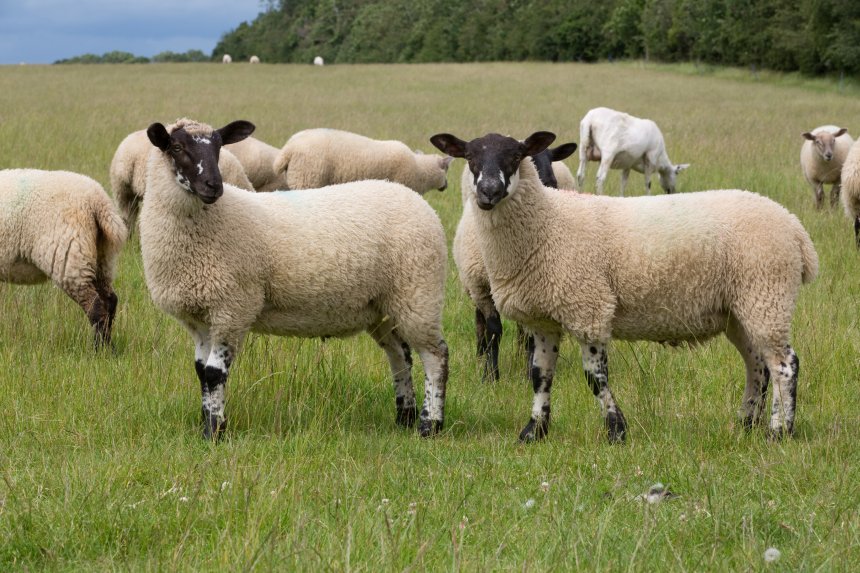
Sheep farmers are being urged to start using the newer group 4-AD and 5-SI wormers to help meet crucial productivity metrics and slow a concerning upward trend in wormer resistance.
In an open letter to the sheep industry, several sector groups, including the National Sheep Association (NSA), the Sustainable Control of Parasites in Sheep (SCOPS), have raised the presence of anthelmintic resistance on 98% of farms.
They also point to the fact that the vast majority (85%) of farmers still believe the wormers they use are working as well as they always had.
Most producers do not monitor treatment efficacy or growth rates, the groups warn, and they are therefore not being alerted to what is essentially an invisible, yet highly consequential, problem.
According to vet Matt Colston, ruminant technical consultant at Elanco Animal Health, this is a dangerous strategy.
He said many farmers were inadvertently increasing the growth of resistance to group 1,2 or 3 wormers, while also limiting efficiency and profitability.
“Because most farmers can’t physically see the reduction in lamb performance, they’re often reluctant to adopt new management practices," Mr Colston said.
"Yet we know, swapping a dose of an older group 1,2 or 3 wormer to a group 4-AD (orange) or group 5-SI (purple) wormer in the latter part of the grazing season, will give a visible improvement in performance in most cases, as worms left by previous treatments are removed."
Integrating the newer group wormers now would also slow the development of resistance to the older group 1,2 and 3 wormers, he said.
"This is crucial, because once resistance has developed it’s irreversible, and we want as many available worm treatment options as possible, for as long as possible.”
SCOPS advises that one of the two newer groups to be used on all sheep farms at two points in their worm control plan.
Firstly, as part of their quarantine treatments for all incoming sheep, and secondly as a one-off treatment for lambs, in the latter part of the grazing season.
Mr Colston said: “To gain the maximum benefit from the treatment for lambs, it’s important that the wormer is given towards the end of the grazing season - as a mid-late season break dose - and when a treatment is deemed necessary though a significant worm egg count. All lambs remaining on the farm should be treated."
To avoid the risk of resistance to the newer group 4-AD and 5-SI wormers, he emphasised that it was very important to not dose and move lambs to cleaner grazing straight away.
Lambs should be returned to the same fields for four or five days before moving them, Mr Colston explained.
The open letter was sent by the National Sheep Association (NSA), the Sustainable Control of Parasites in Sheep group (SCOPS), Moredun Research Institute and the Sheep Veterinary Society (SVS).
